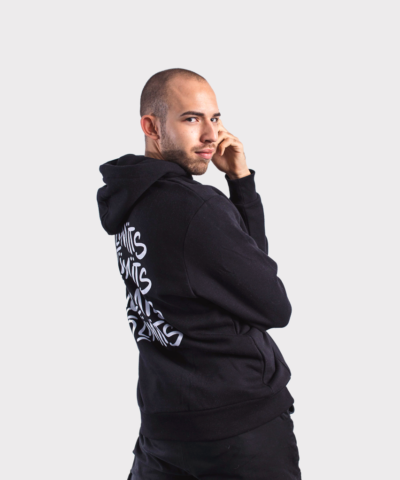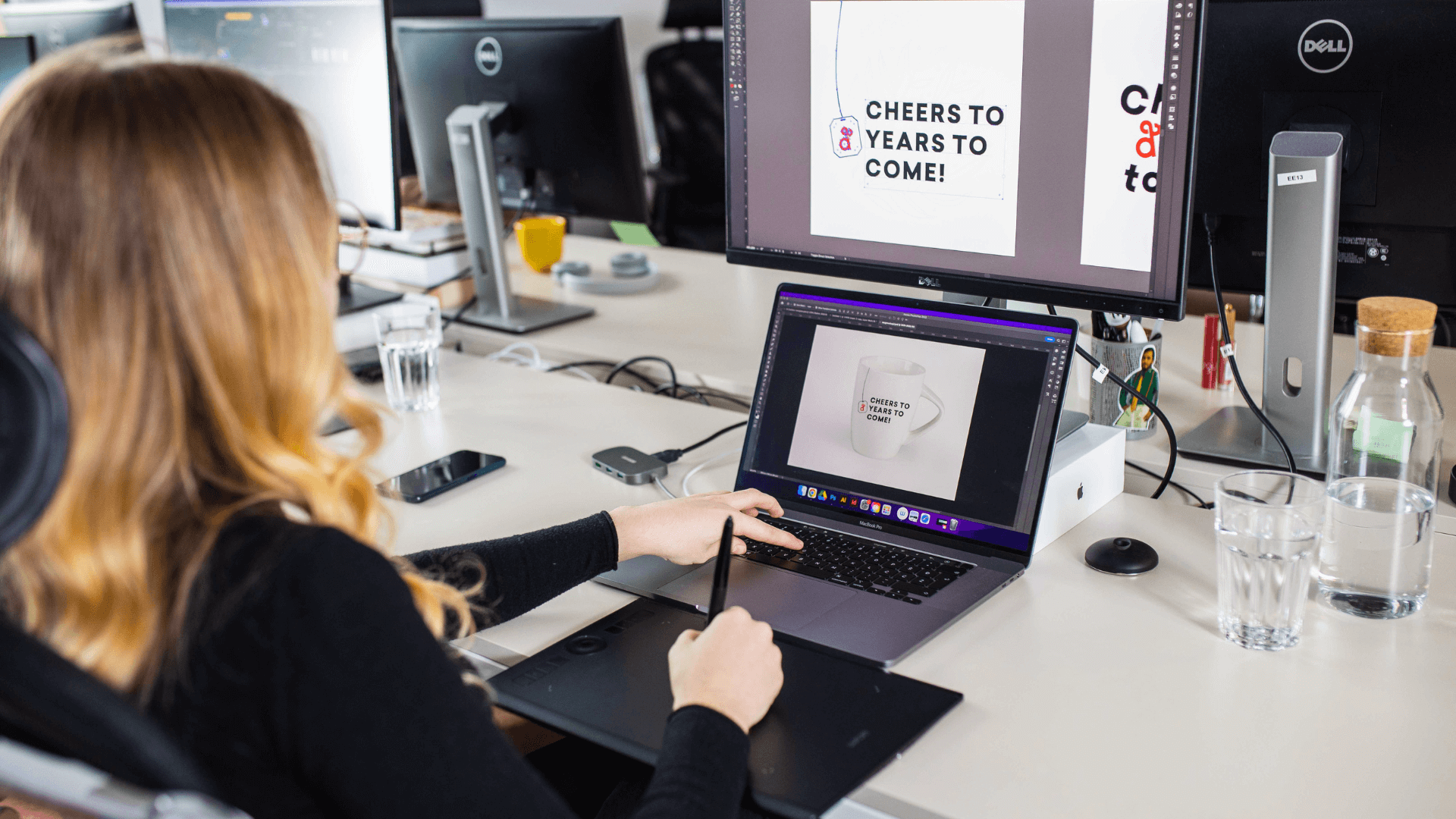Introduction
In today’s competitive marketplace, understanding your audience and positioning your brand effectively is crucial if you want to achieve your goals and not just disappear in a sea of many brands. This is where brand market research comes in. By delving into the minds of your consumers, you can build a robust brand identity that resonates with your target audience.
In this blog post, we’ll explore brand market research, its benefits for business results, and the various methodologies involved. It’s important to say that this is an overview that can be used to draft research, but what the final process looks like might vary significantly based on your needs and expected outcomes.
What is Brand Market Research?
Formally speaking, brand market research is a is a systematic process of gathering, analyzing, and interpreting information about a market, a product or service, and the past, present, and potential customers for that product or service. This research helps businesses understand their audience’s needs, preferences, and behaviors, which in turn informs strategic decisions to enhance brand identity and positioning. In a more colloquial sense, if you don’t want to just guess what your customers want and gamble with your strategy, you probably shouldn’t skip thorough market research – because effective marketing is all about planning.
How Does Brand Research Help Build Brand Identity?
Brand research provides insights into how your brand is perceived in the market and identifies gaps between your current brand image and the desired one, or gives you insight about your target audience that can then be used to create a brand, message, campaign, etc., from scratch. By understanding your audience’s preferences and behaviors, you can find out what you’re missing out on, or even the strong sides of your brand you’re neglecting. Therefore, it allows you to tailor your messaging, visual identity, and overall brand experience to better align with their expectations. This will result in creating a more cohesive and compelling brand identity, which is integral for the success of your brand and business.
Primary vs. Secondary Research
When conducting brand market research, you can use two main types of research: primary and secondary. Both have pros and cons, and choosing one over the other or a combination of both depends on your needs and resources – as does everything in marketing.
Primary research involves collecting original data directly from your target audience. Methods include surveys, interviews, focus groups, and observations. It provides data that can be analyzed and turned into specific insights that, if used correctly, might give your brand an advantage (or many!). A big pro of primary research is that you’ll get fresh data that’s adjusted to your needs, meaning you’re the only one who has it. However, it’s important to note that to obtain all this data, a person (or a team) conducting the research must be well organized and focused from the get-go, meaning you need to know how to set up your research, how to ask the right questions, and finally how to categorize and interpret the data. This process can be lengthy and expensive.
Secondary research involves analyzing existing data from external sources such as industry reports, market statistics, and academic research. Secondary research is often used to gain a broader understanding of market trends and benchmark your findings. A significant advantage of this kind of research is that the data is already out there, and it’s on you to collect it. But remember – that means that a) your competition already has it, and b) it’s not entirely personalized to your needs. In conclusion – the process might be faster and cheaper, but the results might not be precisely what you need.
Of course, as it usually is the case, the perfect solution might sometimes be to combine these two methods – gather your own data and back it up by secondary research. This might take some time and resources, but it’ll give you insights that can be the perfect base for your further work. This is the preferred way in Boiler. While it’s not always possible to have large-scale surveys or perfectly representative focus groups, our primary research is always focused on the specific issue and client, meaning we put special care into finding the right place and a way to get the primary data.
Let’s see what some of the most common types of methodologies are.

Types of Market Research Methodologies (some of them!)
Surveys
Surveys are a popular method of gathering quantitative data from a large audience. They can be conducted online, via email, or in person. Surveys are useful for collecting demographic information, preferences, and feedback on your brand’s specific aspects. It can be as simple as doing a Google Form. A huge advantage of conducting a survey is that you can gather large sums of data relatively fast, have data systemized with little effort through basic tools such as Google Sheets, and, therefore, analyze them easily. Even though the advantages are nice, don’t forget that you still need to ask the right questions, decide on types of questions (open-ended or yes/no questions), figure out how to shape a powerful question, and find the right audience to answer them.
Focus Groups
Focus groups involve guided discussions with a small group of participants. This qualitative method provides deeper insights into consumer attitudes, perceptions, and motivations. Focus groups are valuable for exploring complex issues and generating new ideas. However, it’s important to take into account the group’s impact on answers, meaning that the participants can impact each other, lead the answers, and make others answer falsely due to, for example, peer pressure. It is also crucial to have representative participants; otherwise, the data collected could be simply wrong. Although you might gain insights that you wouldn’t find through surveys or interviews, this method requires a lot of resources as it includes a moderator and observers, people who monitor the discussion next to participants. Focus groups are usually a great way to gain insights about a brand or a workplace when it’s needed for employer branding projects and rebrandings. An example of where focus groups contributed to a successful employer branding strategy can be found here.
Interviews
Interviews are one-on-one conversations that allow for an in-depth exploration of individual perspectives. They can be structured, semi-structured, or unstructured. Interviews are particularly useful for understanding detailed personal experiences and obtaining nuanced insights, which is particularly useful when choosing to interview experts or heavy users of your product or service. Sometimes, we conduct interviews before crafting a survey to better understand the questions that need to be asked. The most important thing to remember about this method is that it is usually not quantitive and it is used for the exploration of the topic, especially in times when research issues aren’t clear, influence from other participants needs to be avoided or a theme needs to be described and explored in great detail.
Social Intelligence Platforms
It might be important to gather what social media users are saying about a brand, considering social media’s impact on audiences. There are different platforms that help analyze social media sentiment, gather metrics, and give you an overall understanding of the brand’s social media presence. This is a great way of finding out how users act and what they think without influencing them. Social listening tools can help identify opportunities but also potential crises and give a clearer understanding of brand image. Sometimes a brand needs data from target groups which are hard to get to using other methodologies and this might be a solution. Take brands that advertise mostly on social media, and their target is Gen Z or Gen Alpha – these two generations are outspoken and chronically online; why not use that to your research’s advantage?
How to Conduct Market Research
Step 1: Define Objectives and Buyer Persona
The first step in conducting market research is to clearly define your objectives. What do you want to learn about your brand or market? Are you looking to understand customer satisfaction, brand perception, or market trends? Additionally, create detailed buyer personas to represent your ideal customers. This will help tailor your research efforts to gather relevant data.
Step 2: Choose Your Research Methods
Based on your objectives and buyer personas, select the appropriate research methods. Consider a mix of primary and secondary research to gain comprehensive insights. For example, you might start with secondary research to understand market trends and then conduct surveys and interviews for specific insights about your brand.
Step 3: Collect and Analyze Data
Implement your chosen methodologies to collect data. Ensure that your surveys, interview questions, and focus group discussions are well-designed to elicit valuable information. Be careful about having suggestive questions or making other common mistakes. Once the data is collected, analyze it to identify patterns, trends, and actionable insights.
Applying Learnings to Your Brand Strategy
After conducting market research, your next step is to apply your findings to your brand strategy. Use the insights gained to refine your brand messaging, enhance your visual identity, and, in the end, improve customer experience. Aligning your marketing efforts with the preferences and behaviors of your target audience to build a strong, resonant brand identity is the ultimate goal – just make sure you’ve double-checked your data and interpretations to make sure you’re doing the right thing.
Conclusion
Understanding how to do market research is essential for any business aiming for strategic brand development. Brand research provides the insights needed to build a compelling brand identity that stands out in a competitive market. By leveraging primary and secondary research methods, such as surveys, focus groups, and interviews, you can gather valuable data to inform your brand strategy. Remember, the key to successful market research is to define clear objectives, choose the right methodologies, and apply your learnings to create a brand that truly resonates with your audience.



